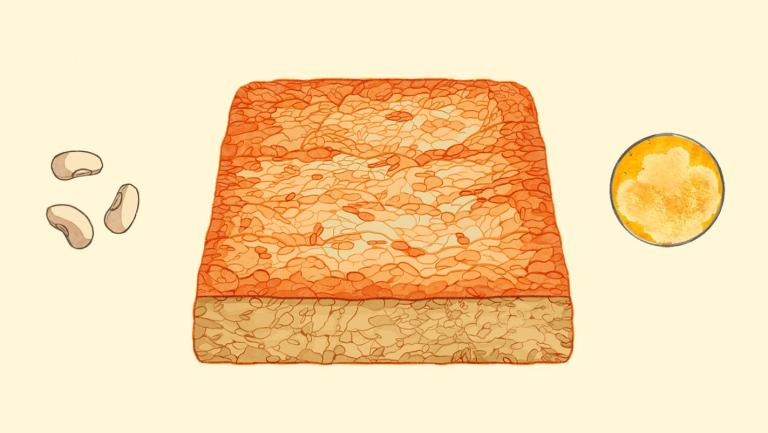I hate to sound like a broken record, but remember in the winter, when a fertilizer magnate warned that the world faced the threat of famine if any major crop didn’t do well?
The magnate was William Doyle, CEO of a company that has aptly been dubbed the “Saudi Arabia of Fertilizer,” Potash Corp. of Saskatchewan. Here’s what he said:
If you had any major upset where you didn’t have a crop in a major growing agricultural region this year, I believe you’d see famine. … We keep going to the cupboard without replacing and so there is enormous pressure on agriculture to have a record crop every year. We need to have a record crop in 2008 just to stay even with this very low inventory situation.
If you believe this guy, then your initial response to this news is: uh-oh.
From the Tuesday Wall Street Journal:
The world’s wheat supplies may soon face another threat: an aggressive strain of a fungal disease that can decimate crops.
Black stem rust can turn healthy plants into a sickly mass of stems that produce little to no grain. In addition, its spores travel with the wind, enabling the disease to spread rapidly.
That’s not what you want to hear, when the price of most major crops are hovering at or near all-time highs, and more than a billion people have already essentially been priced out of food markets.
According to the Journal, the disease mainly menaces the wheat crops of South Asia and Africa. India, the globe’s third-largest wheat producer, is at risk. And because wheat is a fungible commodity, any substantial crop loss would cause global wheat prices to skyrocket — as they did last year, when a drought hammered Australia’s wheat harvest.
This is a crisis of industrial agriculture. The practice of focusing on a very few varieties of major crops like wheat, and then concentrating them in vast monocrops, makes our food supply extremely vulnerable to disease outbreaks. One of industrial agriculture’s great intellectual founders and apologists, the Nobel laureate Norman Borlaug, gave the Journal a revealing quote:
This new strain of rust has the big potential to destroy right now the major commercial wheat varieties, especially in the irrigated areas where there’s high use of fertilizer, be it organic or inorganic.
This is a supremely ironic statement, coming from an old lion of the ag wars like Borlaug. He’s the father of the Green Revolution, the movement funded by U.S. foundations to spread the gifts of industrial ag to the global south. The Green Revolution “package” meant high-yielding hybrid seeds that required copious irrigation, fertilizers, and pesticides. Now it’s “irrigated areas where there’s high use of fertilizer” that are in danger of using their crops.
Of course, that describes the U.S. wheat belt as well, but scientists are hoping it will take the fungus a couple of years to blow over this way — by which time they hope to have developed resistant strains.
In another supreme irony, the scientists have settled on “wild relatives of wheat,” not genetic modification or some dreadful fungicide, as the place to look for a solution. They’re hoping they have enough time to work the resistant traits into “commercially viable seeds” before the blight hits.
But the real solution is in front of our noses: biodiversity. The more different strains of wheat we cultivate across the globe, the less vulnerable we’ll all be when a single damaging fungus strain seeps through.
Meanwhile, two other major crops are looking to have a shaky harvest in 2008: corn and soy, linchpins of the global food (and increasingly fuel) system.
According to Western Farm Press, wet weather in the farm belt is forcing farmers to delay planting — and their window for planting is only open for so long.
According to USDA Crop Progress report for the week ending May 25, 52 percent of the nation’s corn crop had been planted, compared to 80 percent this time last year and a five-year average of 76 percent …
Only 52 percent of the nation’s soybean crop had been planted by May 25, compared to 74 percent last year and a five-year average of 67 percent.
Nice one. Oh, and did I mention that the U.S. and most of the globe have abandoned the age-old practice of holding key crops like crops like corn, soy, and wheat in reserve?

